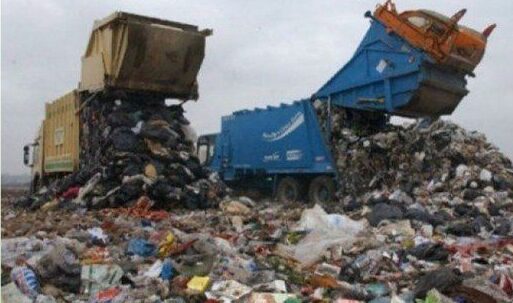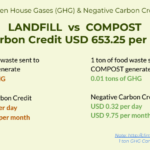Malaysia Commercial and Industrial Waste Generator Recycling
Industrial waste is generally defined as any waste—liquid, solid or gas—that is a byproduct of industrial production. Example,
- empty fruit bunch from palm oil refinery
- rejected glove from gloves manufacturing
- plastic packaging from food manufacturing
What are the 8 wastes that industry wants to eliminate?
- Overproduction is the most obvious form of manufacturing waste
- (Unprocessed) Inventory
- Defects
- Motion
- Over-processing
- Waiting
- Transportation
- Additional forms of waste.
What are examples of commercial waste?
Commercial wastes come in many forms – from the paper and plastic waste produced by office buildings to the food waste generated by restaurants.
While some general wastes can be recycled or reused, much of it ends up in landfills.
There are many types of commercial waste, but food waste is one of the most prevalent.
How do you control commercial waste?
- Start a Task Force
- Track and Assess Your Waste
- Address Your Budget
- Reduce
- Reuse
- Recycle
- Incentivize and Encourage
What are the methods of commercial waste disposal?
- Landfill, most referred it as a garbage dump, stored on the ground, the most common and cheapest method for waste disposal in the world
- Incineration
- Waste compaction
- Composting
- Vermicomposting
Progress: Does Mcdonalds use recycled plastic?
As of 2021, approximately 82.7% of Mcdonalds primary packaging materials, and 96.8% of their primary fiber packaging comes from recycled or certified sources, aiming for 100% certified, recycled or renewable materials by the end of 2025.
Progress: Does Nestle use recycled plastic?
Nestle remain committed to designing 100% of their plastic packaging for recycling. By 2025, they expect that more than 95% of it will be. To date, 86.8% of their total packaging is already recyclable or reusable.
Progress: Is Coca Cola plastic recyclable?
90% of Coca Cola packaging is recyclable globally. They’re constantly evolving their packaging to reduce its environmental impact by increasing the use of recycled plastic (rPET), which has a smaller carbon footprint than PET and single-use plastic.



